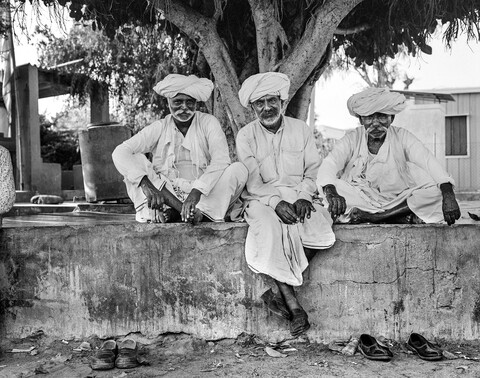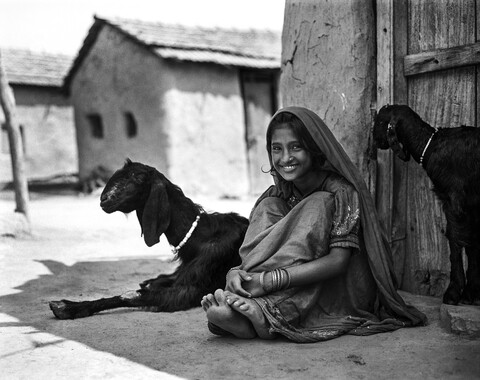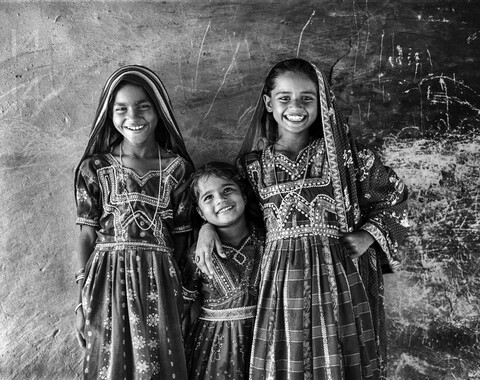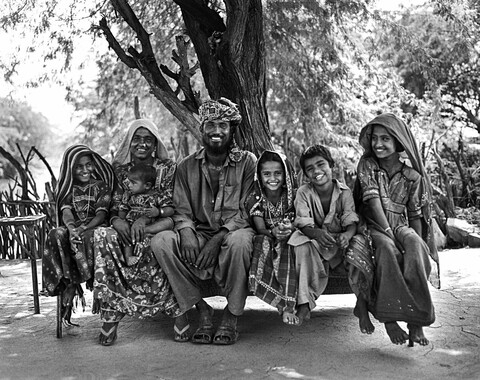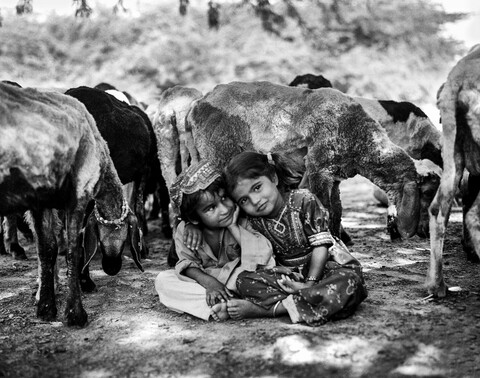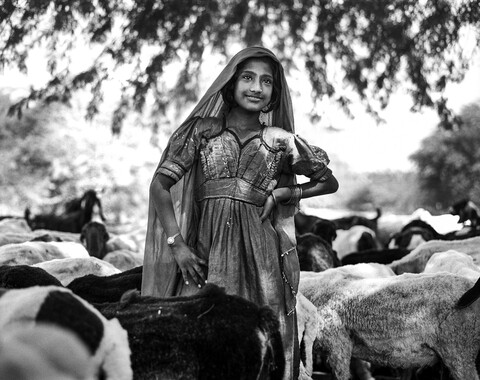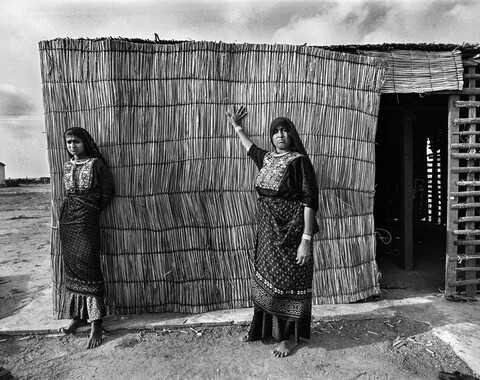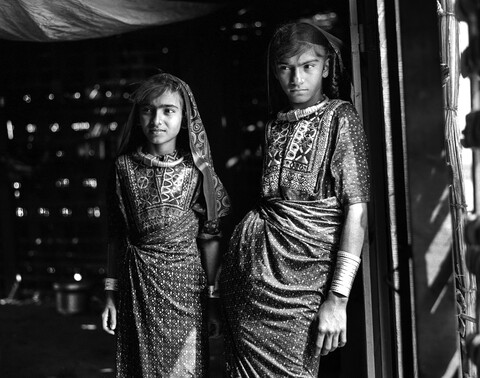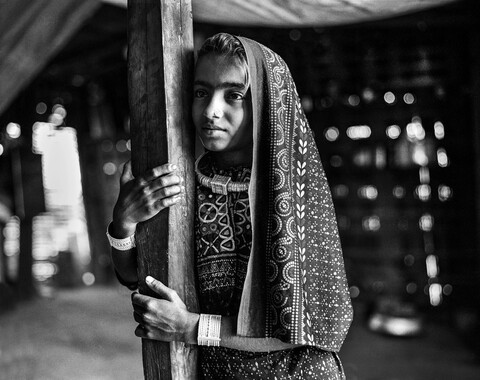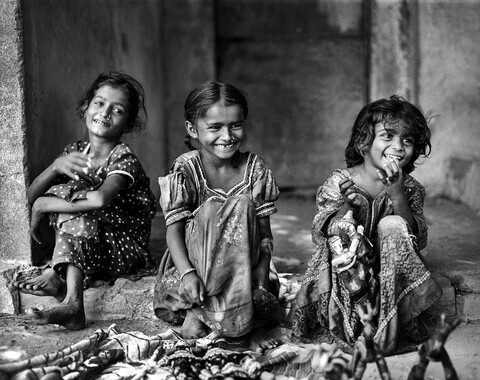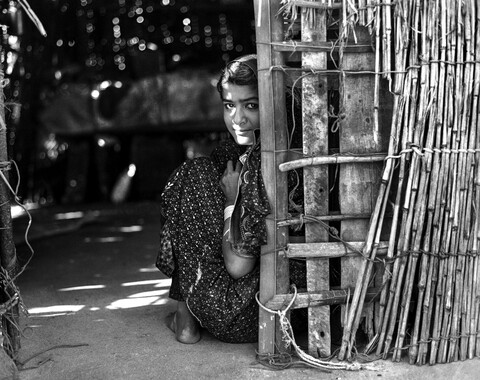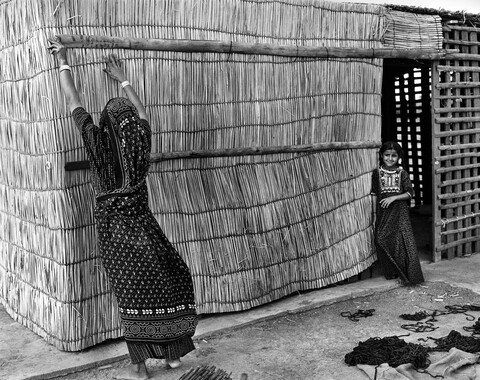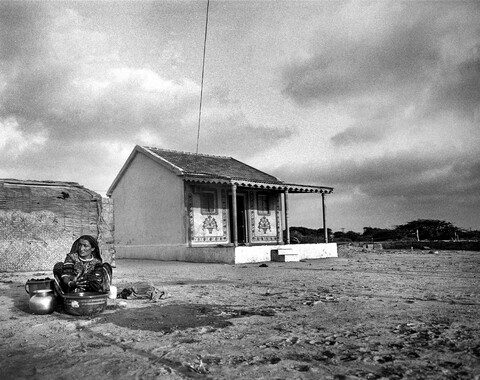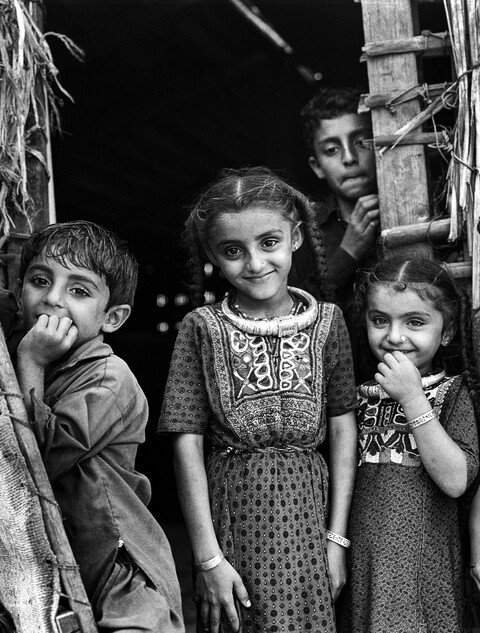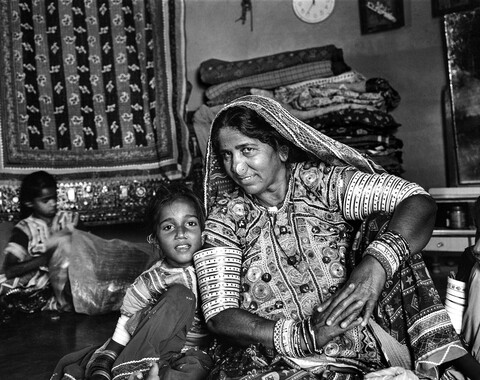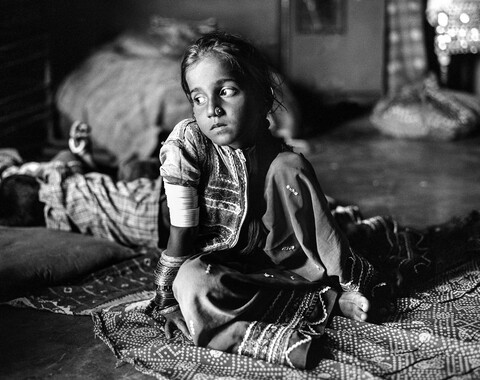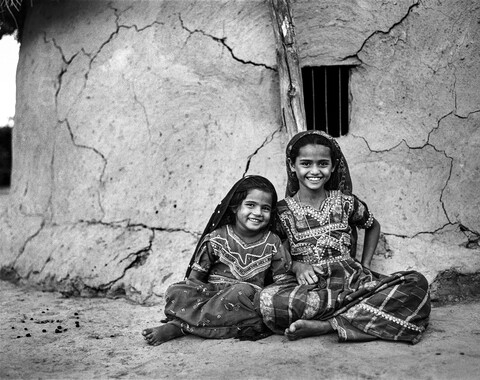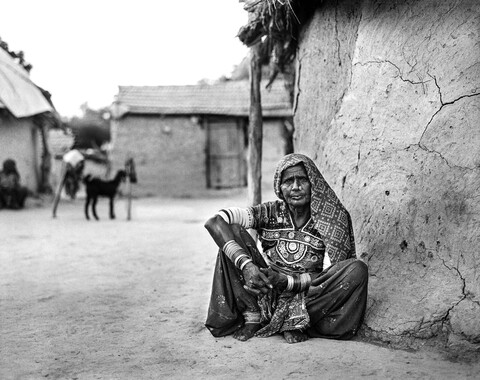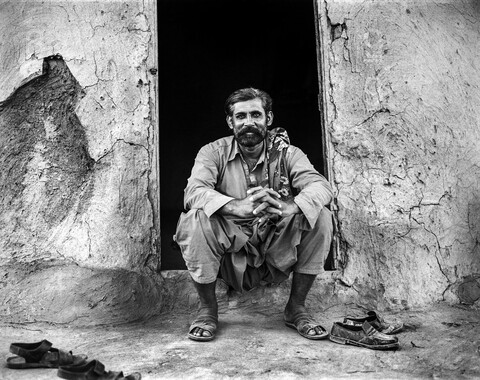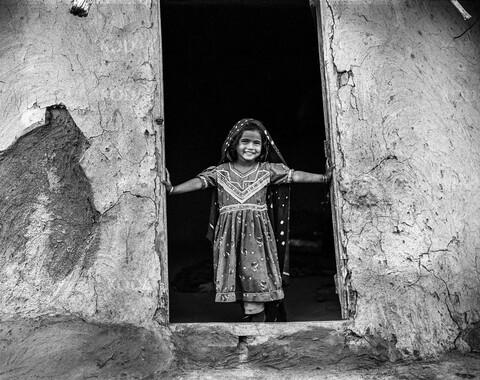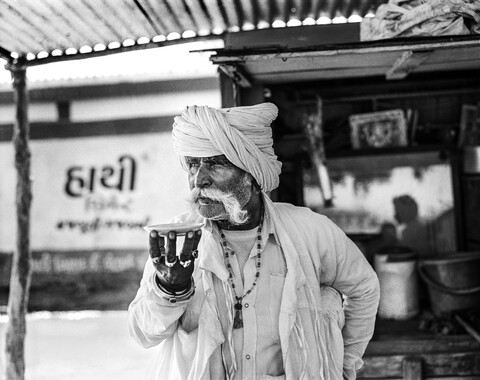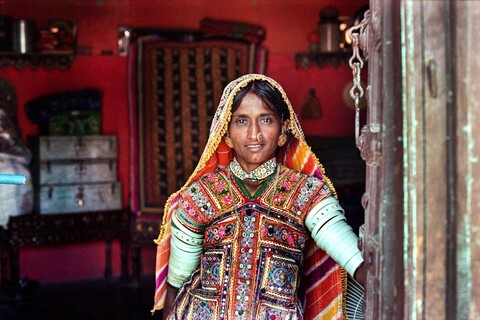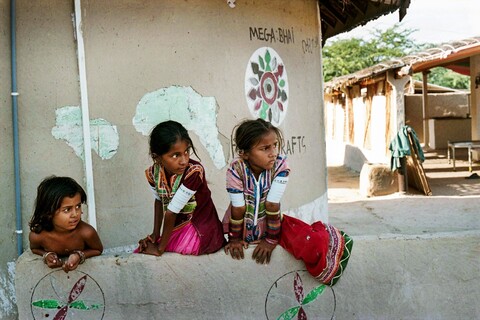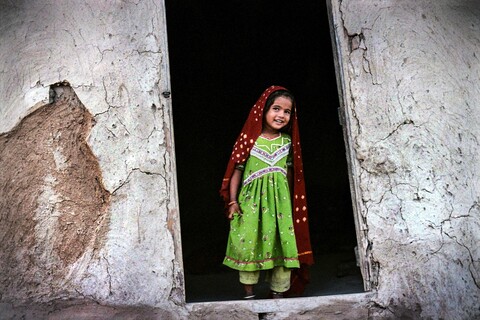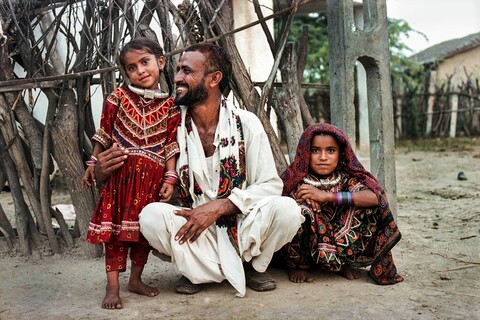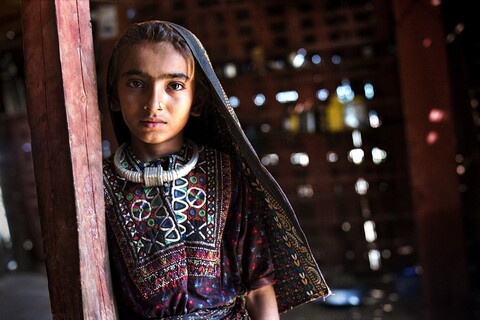Kutch is a place like few other. Isolated historically by its unique geography, it established a unique culture with frequent diffusion from Sindh and beyond; the cord of which is today unfortunately ripped asunder by national boundaries. Cut off from Sindh in the West and connected to Saurashtra in the East by new roads and bridges Kutch is becoming more like the rest of Gujarat, and less like what it was. I think uniformity is the biggest challenge humanity faces today, it takes away from the right to individuality we all must assert; for ourselves and our communities. This struggle for balance while facing modernity is a common one across all traditional communities, its difficult. Change is everywhere in Kutch, at a pace that is breathtaking and life changing for all the communities. Religions intersect at the margins in the rural and nomadic areas, and traditions overlap while remaining distinct - without a sign of communal tension even at the worst of times in Gujarat; which is energising and gives hope. And then the Kutchi textiles and prints, the unique Kutchi ecology and the friendly Kutchi people form vivid memories. My host Krutarthsinh Jadeja was the nicest, uniformly patient, polite and helpful man I have met in a while; and my gentle guides Salim and Samir made my inquisitive investigations into the daily lives of the nomadic and rural Kutchi communities fruitful. I'm way behind in writing a detailed travel essay, but here are some photographs. Stay tuned for my writers fog to lift.
-------
I used film till October 2017, by when it had became exceedingly difficult to obtain good photographic paper, or the services of talented dark room studio people. When one did find them, it was simply too expensive to develop and print. I had held off from digital for a decade, now retreat was inevitable in the face of advancing technology. I moved to Canon EOS digital equipment for people and places in 2018, in 2021 to 300 and 500 mm lenses for wildlife.
The Pentax 67II was a medium format camera, and I carried two bodies. There are only 10 exposures in each film after the 20 exposure film was phased out in 2015. This slowed my pace, making me careful with composition, enabling deep engagement with the subject. Changing the film was a measured process, finding a spot in the shade. This lack of speed and urgency to do things was similar in the 35 mm lightweight Olympus OM4-Ti, though each film roll yet had a luxurious 36 exposures. I used Kodak film: Tri-X 400 B&W and Portra 400 Color. My favourite and most used Pentax lenses were the 90 mm f/2.8; the 45 mm f/4.0; for the Olympus 50 mm f/1.2; and the 24 mm f/2.0.
